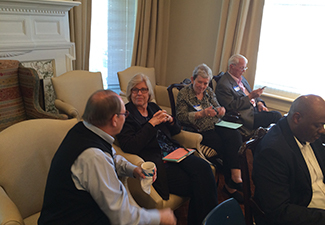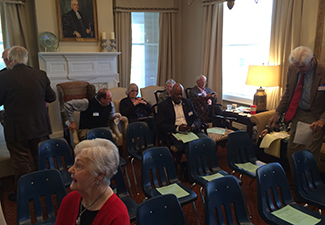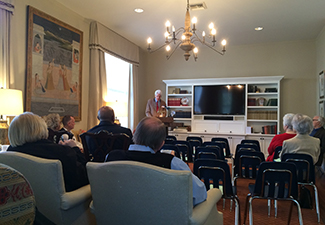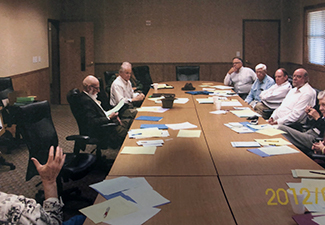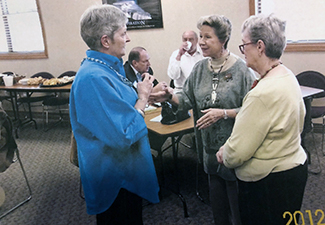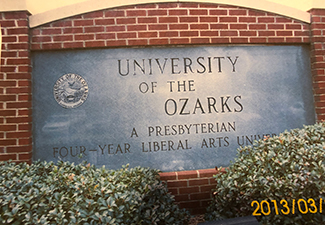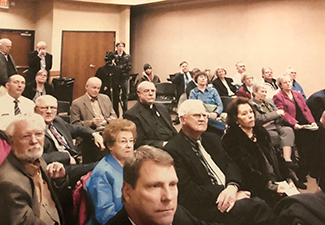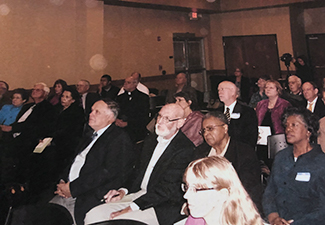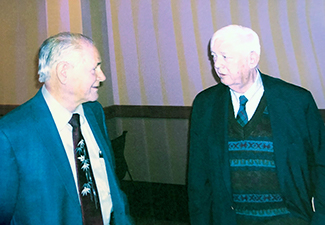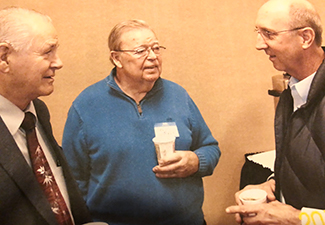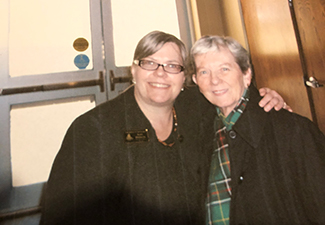In an earlier column the focus here was on stained glass windows and how the gospel story is told in a variety of images. Mention was made of such windows in the cathedral in Chartres, France. One of the windows there depicts the four major prophets (Isaiah, Jeremiah, Ezekiel, and Daniel) in quite large figures with the four Gospel writers (Matthew, Mark, Luke, and John) standing on the shoulders of the prophets but in somewhat smaller figures.
That cathedral was completed in 1194. The windows of Gospel writers standing on the shoulders of prophets were perhaps inspired by the words of Bernard of Chartres, a philosopher, who died sometime after 1124. John of Salisbury, bishop of Chartres (1115-1180), attributes the idea of “standing on the shoulders of giants” to Bernard: “Bernard of Chartres used to say that we are like dwarves perched on the shoulders of giants, and thus we are able to see more and farther than the latter. And this is not at all because of the acuteness of our sight or the stature of our body, but because we are carried aloft and elevated by the magnitude of the giants.”
Whether or not our eyesight or vision is acute to see farther than those who have gone before us may not be altogether clear, but what is clear is that, whether or not we are aware of it, we do stand on the shoulders of those who have gone before us. Of course, there are those in our own Protestant and Reformed tradition to whom we owe a huge debt – John Wycliffe, Martin Luther, John Calvin, John Knox, to name only a few. But we also stand on the shoulders of many others.
In our own region of the country I think of persons like Sumner Bacon (first Cumberland Presbyterian minister laboring in Texas in 1828), Daniel Baker (Presbyterian evangelist who started churches throughout Texas and founded Austin College), Melinda Rankin (a 19th century American Protestant missionary in Mexico and south Texas), Dunbar Ogden (Presbyterian pastor who was the only clergyman to accompany nine African American students to Central High School in Little Rock, Arkansas in 1957 and who was subsequently forced to leave his church in Little Rock), James Skinner (who left his relatively secure pastorate to start Tex-Mex school for Mexican boys in Kingsville, Texas which later became the Presbyterian Pan American School), Berta Murray (president of Pres-Mex school for girls in Taft, Texas which later merged with Tex-Mex), Rachel Henderlite (the first woman to be ordained as a minister in the Presbyterian Church in the United States (PCUS).
Numerous other giants on whose shoulders we stand could be listed: Hubert Morrow, a leader in the Cumberland Presbyterian Church; Sylvester Larned, organizing pastor of First Presbyterian Church in New Orleans in 1818; Granville Sydnor, pastor in Ferriday, Louisiana from 1964-68 who stood up for the civil rights of African-Americans and against the KKK; Thornton Rogers Sampson, the first president of Austin Presbyterian Theological Seminary (1902); Cyrus Kingsbury, 19th century missionary to Native Americans in Oklahoma; Cyrus Byington and Alfred Wright, 19th century missionaries to the Choctaw Native Americans in Oklahoma; Claude Williams (Cumberland Presbyterian minister who pastored for a time in Arkansas (Paris and Fort Smith) in the 1930s and worked for fair labor practices and equal treatment of African Americans); James H. M. Boyce (the organizing pastor of the Gregg Street, later Pinecrest Presbyterian Church in Houston, a largely African American congregation); and on and on and on.
Who are some of the “giants” on whose shoulders you and your church stand? While it is true that our challenge is to live and labor in the present with an eye to the future, it is also the case that we cannot faithfully do that without knowing about those on whose shoulders we stand and who have paved the way that has enabled us to be where we are.
In the current Presbyterian hymnal, Glory to God, there is a line in a hymn that captures something of this debt to those who have gone before us and our responsibility as we move forward. The first stanza of Hymn #320 “The Church of Christ in Every Age” read thus:
The church of Christ in every age, beset by change but Spirit-led,
must claim and test its heritage and keep on rising from the dead.
We claim our heritage, but at the same time we test it. We may or may hold to the same views of those who have gone before us, but we claim and test them with gratitude for their service and sacrifice.
The Presbyterian Historical Society of the Southwest encourages individuals and churches to claim and test their heritage and to do so with gratitude acknowledging those on whose shoulders we stand.

